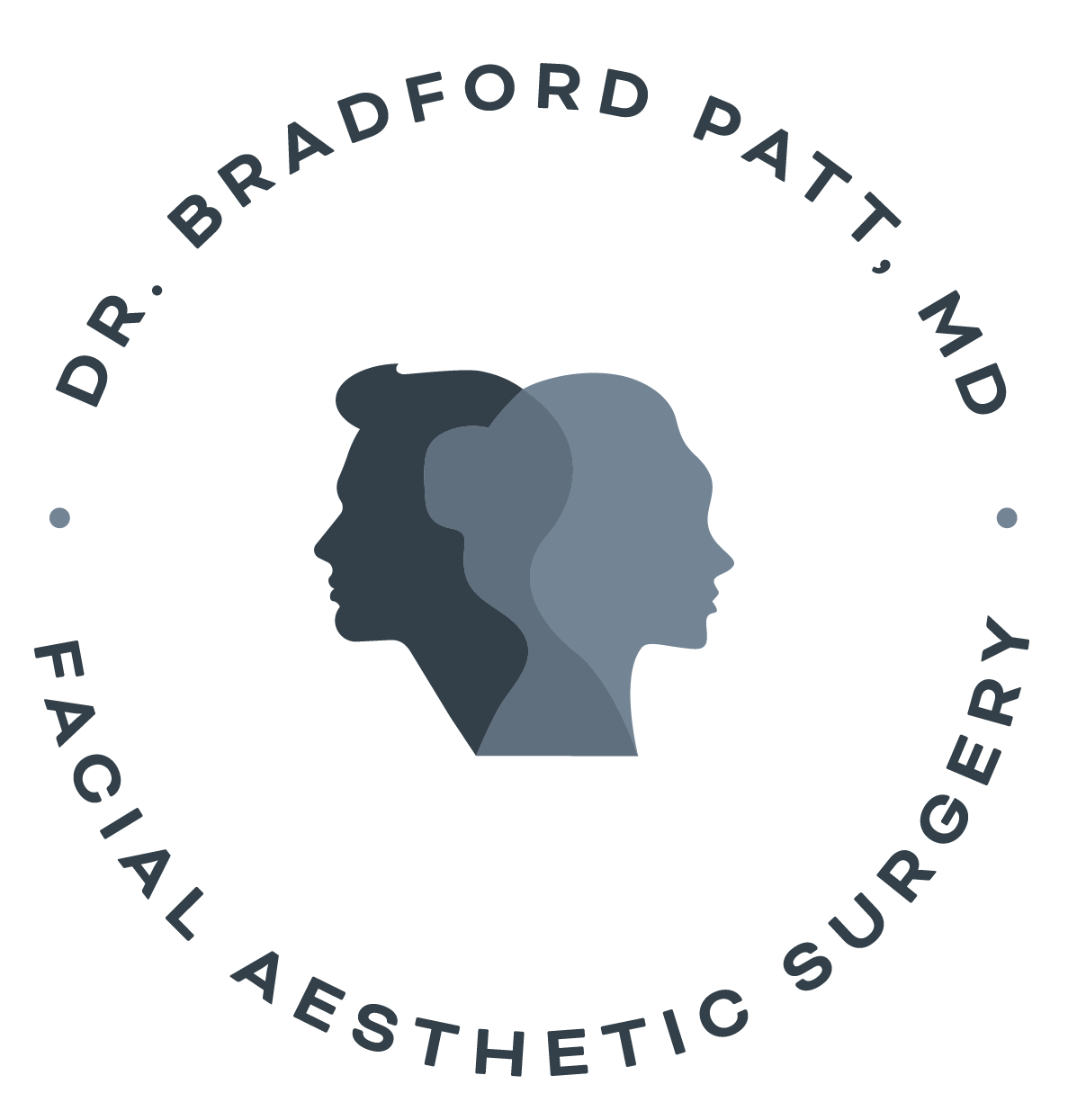What Is Botox Treatment in Houston: Procedure, Indications, Side Effects and Costs
If you're struggling with wrinkles, crow's feet or simply want to slow down the appearance of aging, BOTOX® may be your answer. Not only is it beneficial for cosmetic reasons, it's also used for medical purposes as well. Since many individuals turn to Botox to change their appearance, you'll learn more about cosmetic Botox, it's uses, side effects, what the procedure entails and more.
What is Botox Treatment?
Botox is an injectable used for reducing the appearance of facial wrinkles. It uses OnabotulinumtoxinA or botulinum toxin type A to paralyze muscles temporarily.
Botox treatment therapy is minimally invasive and considered an effective and safe treatment for wrinkles and fine lines around the eyes. It's also used between the eyes on the forehead.
In 1989, the FDA approved Botox for the treatment of eye muscle problems like blepharospasm. In 2000, the FDA approved this therapy for the treatment of cervical dystonia (a disorder causing severe shoulder and neck muscle contractions). The FDA later on in 2013 approved cosmetic Botox therapy for treating crow's feet (wrinkles around the corner of the eyes)
A clinical study in 2016 found Botox a safe, simple and effective treatment for reducing forehead wrinkles.
Also in 2016, more than 4.5 million Botox or similar medicine treatments were performed for fighting wrinkles. Botox is the leading nonsurgical cosmetic treatment in the U.S.
Indications/Uses of Botox:
Botox is used predominantly as a procedure for reducing the appearance of facial fine lines and wrinkles. Wrinkles and Botox go hand in hand. However, there are many other indications for Botox therapy as well, including:
1. Prevention of Aging
Botox can be a helpful treatment for preventing the formation of wrinkles in the future, beginning from a younger age. Since wrinkles occur due to the repetitive movement of your skin, receiving early neuromodulator injections could prevent them from occurring in the first place, instead of trying to fix them after they appear. Slowing down your use of these muscles early can keep deep lines from developing. And, by continually receiving small treatments over time, it can lead to more natural long-term results.
2. Wrinkling/Wrinkles
Botox is well-known for its ability to reduce the appearance of facial wrinkles. It blocks specific chemical signals from nerves, typically those signals that cause the contraction of muscles. This relaxes your facial muscles temporarily that cause the wrinkles.
3. Brow Ptosis
A classic sign of youthful health, beauty and alertness is a highly arched eyebrow. As your forehead and eyebrow descend, a loose fold of skin starts covering your upper eyelid, making your eyes look old and tired. Botox can prevent and reverse a lot of the changes linked with brow ptosis. For many individuals, using Botox can help lift and even prevent a number of the forces contributing to pull your forehead down and causing sagging or brow ptosis.
4. Profuse Sweating
Botox injection therapy is a new option for treatment for individuals with hyperhidrosis (profuse sweating). You could be a candidate for profuse sweating and botox treatment if your sweating doesn't get better with prescription antiperspirants. The FDA has approved Botox for individuals who excessively sweat from their armpits. It could also help reduce sweating in other areas like your feet, hands or face.
5. Crows Feet
Crow’s feet are wrinkles that appear in the corners of your eyes. Unlike wrinkles and expression lines on other facial areas, crow's feet might seem to appear deeper and pronounced on your skin. Botox is a common outpatient procedure for crow's feet and one of the most common.
When using Botox for crow’s feet, the injections work by relaxing the muscles that surround your eye corners, smoothing your skin out. The effects can be particularly noticeable when you're laughing.
6. Botox Brow Lift
A Botox brow lift treats the frown lines between your brows. Also, it elevates your eyebrows' height using Botox injections. The injections relax the underlying muscles to relax the muscles between your brows and smooth the skin on the outside. This allows the muscles in your forehead to pull up the muscles that are now relaxed between your brows, thereby lifting your brows and opening up your eyes.
You can have more Botox injections placed at the ends of your eyebrows for helping to relax those muscles too. By doing this, it allows your forehead muscles to also pull that area up as well. How much elevation you get varies and depends on your muscle tones left active for pulling up the now-relaxed muscles. It also may vary depending on your age. This procedure can smooth deep wrinkles out without the need for surgery for stubborn frown lines between your eyebrows.
What's Involved in a Botox Procedure?
You're positioned on the exam table in a somewhat raised position. The doctor will clean the areas you'll be receiving the injections with a nonalcohol cleaner like Betadine or Hibiclens. Some doctors will apply EMLA cream or another topical anesthetic at this time. They'll then inject the Botox into the desired areas.
Generally, the injection patterns are around two or three areas on either eye area or four or five on each side of the forehead. A skilled physician can inject more areas, depending on the desired effect you're looking for and the type of wrinkles you have. If an area bleeds after the injection, the provider applies pressure. Although the doctor may apply ice beforehand to help comfort you, direct pressure is more effective at control bruising and bleeding than ice.


